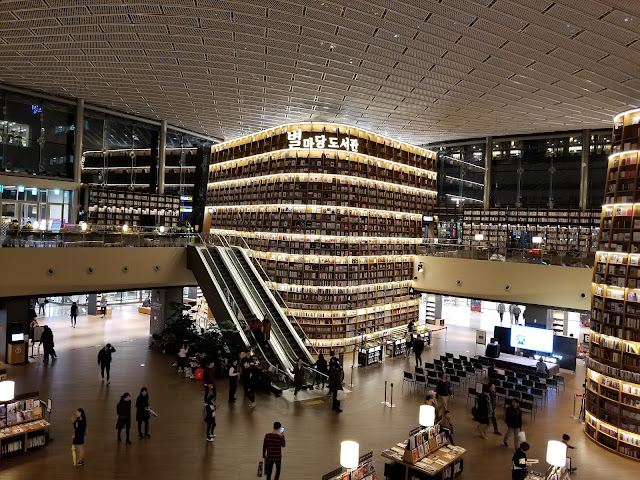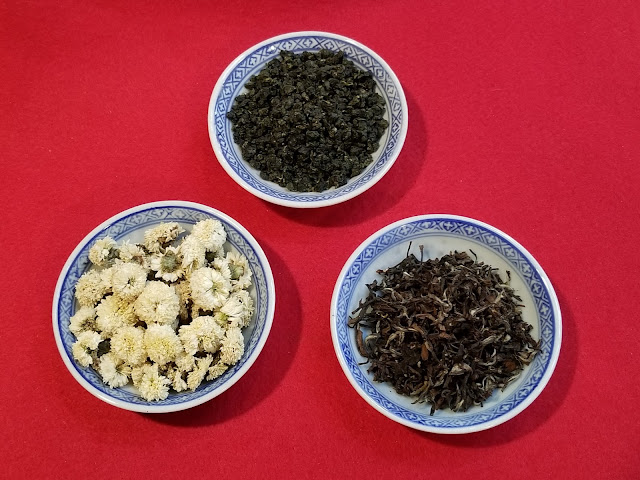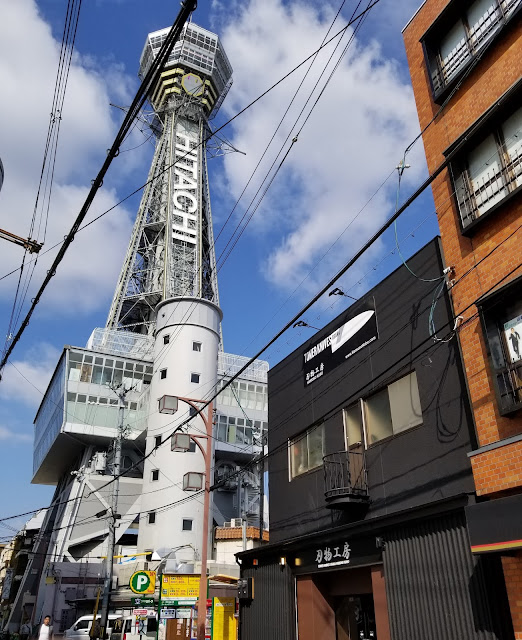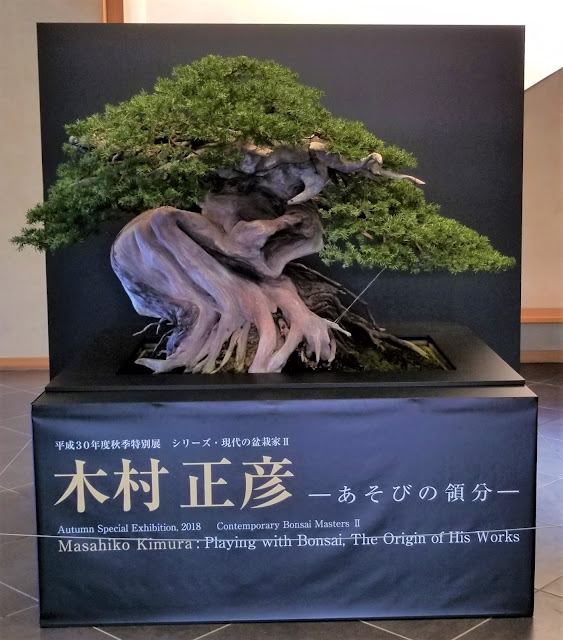The spectacular Starfield Library in Seoul, South Korea was a sensation from the moment it opened on 31 May 2017 and I visited soon after on 10 Nov 2017. The library is a massive two story, 2,800 square meter (over 30,000 sq. ft.) space full of light and glass, with 70,000 books and 600 domestic and foreign magazines in three towering bookshelves, each standing 13 meters (about 43 ft.) tall.
What makes this library unique is that it is located in Asia's largest underground shopping mall, the Starfield COEX Mall [1], and is credited with increasing traffic to a mall that had been losing shoppers. [2] The Starfield COEX Mall is located in the Gangnam district of Seoul, where you can find a large number of stores and restaurants. Besides the normal shops and restaurants that you would normally find in a mall, the mall is part of a complex consisting of COnvention centers, EXhibition halls, two hotels, two food courts, an aquarium, a large multiscreen cinema venue, and office towers.
The mall is directly connected by underground passages to two Seoul Metro subway stations, making it easy for shoppers to visit. The mall is also directly connected to a large Hyundai Department store (for those who live in the USA, think about Nordstrom's on steroids) and the City Air Terminal, where you can check-in to your international flight and go through Korean Immigration and Customs (Incheon Airport only) before taking a bus to one of Seoul's two international airports: Incheon and Gimpo.
Continue reading the rest of the article to find out more about the Starfield library, the COEX Mall, and to see more photographs.



